Porcellio laevis – “Orange”
Overview
We have Porcellio laevis “Orange” Isopods for sale from our captive-bred collection started in 2018. This is a beautifully bright morph of the common P. laevis “Wild Type”. The time to maturity from birth is typically 7 months. They can be kept in Bioactive terrariums (for larger species) and are known for their ability to exceed as tank janitors (also known as Clean Up Crews, CUC). In the wild, this species can be found in the litter layer of the forest consuming decaying plant and organic matter.
Appearance and Size
Adult Size 1.5 – 2.4cm
Characterized by its flat, wide body, P. Laevis is almost completely orange with the legs having a white hue. The exoskeleton is smooth, some individuals can have a darker dorsal ridge, that can change depending on diet.
Like all Laevis Isopods, P. Laevis “Orange” are known for being one of the larger and aggressive isopod species. They use their big bodies to outcompete other isopod species. When used in the Bioactive Terrarium it is wise to only pair Lavies species with larger animals. There have been reports of Lavies eating small thumbnail frogs and smaller isopod species. Be sure to feed this species plenty, the adults have been known to almost bully and push away juveniles when feeding
Husbandry and Diet
Husbandry:
Like all laevis, “Orange” has a big appetite, enjoys warm temps, and breeds fast. We always pair our isopods with springtails the Bioactive combination makes a healthy environment that is sure to stay clean.
Isopod Container Habitat: For display ventilated acrylic or Glass Enclosure. Economic a plastic container can be used but lacks in visibility and aesthetics.
Porcellio Laevis Diet
- Fiber-Based: Decaying Hardwood (non-pine), Leaf litter, and even paper egg flats.
- Vegetable-Based: Freeze Dried Peas/Beans, Mushrooms, sweet potato
- Protein-Based: Yeast, Shrimp Meal/Pellets, Insect Frass (they love it!)
In our store, you will find Springtail Feed that is high in nutritional yeast, and our Isopod Food is a balanced recipe of Plant matter and proteins.
An important note when feeding is not to overfeed. Old food can spoil and attract fungus gnats, fruit flies, and mites.
Porcellio Laevis Isopod Breeding
Females: As they reach adulthood females will have a white cavity in between their legs. Females also seem to be larger than males.
Males: Do not have a white cavity between legs.
When breeding it is important to check colonies as part of a weekly routine and follow the above care guide.
Natural Habitat:
Porcellio Laevis was first recorded in Europe. The wild type was first documented in Britain in the 13th century but is argued amongst scholars that Laevis originated in Northern Africa. Thanks to world trade throughout the centuries this species has been distributed all over the world. Now being found in the wild of Australia, North and South America, Japan, Southwestern Asia, and even some Pacific Islands.

Thank you for Checking out the Porcellio laevis “Orange” Isopods we have for sale. The Porcellio laevis “Orange” Isopods Care sheet.
We have spent a great deal of time gathering information the above information to enrich the Isopod hobby. We hope that you share this info and recommend us.
If you would like to submit information on a specific species that you think would be beneficial to the hobby please contact us on our FAQ page.
We also offer a large variety of springtails for sale. Isopods and Springtails combined together to create a bioactive terrarium which is a self-cleaning ecosystem mainly used in the reptile hobby.
The springtails we have for sale are from one of the largest and most diverse collections. We are also the largest supplier of springtails in North America at the TC INSECTS Springtail Research Laboratory in Houston Texas.
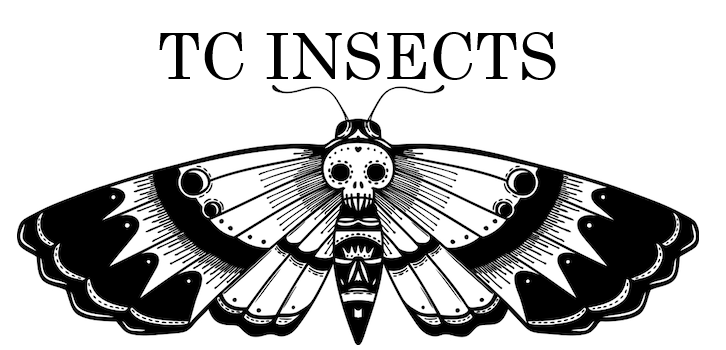


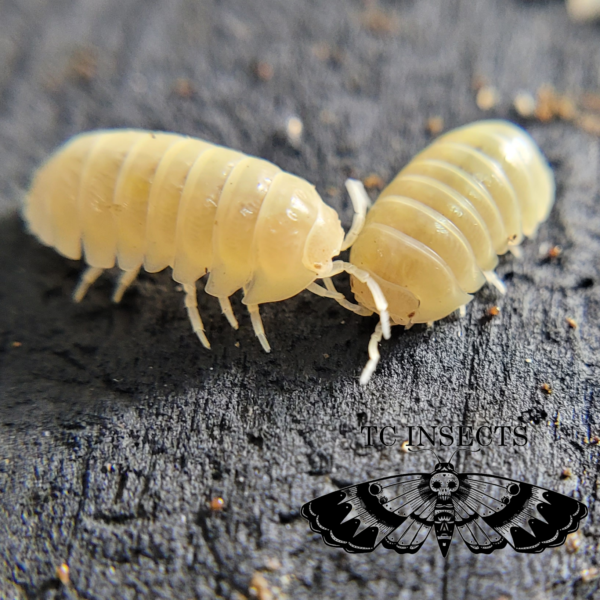
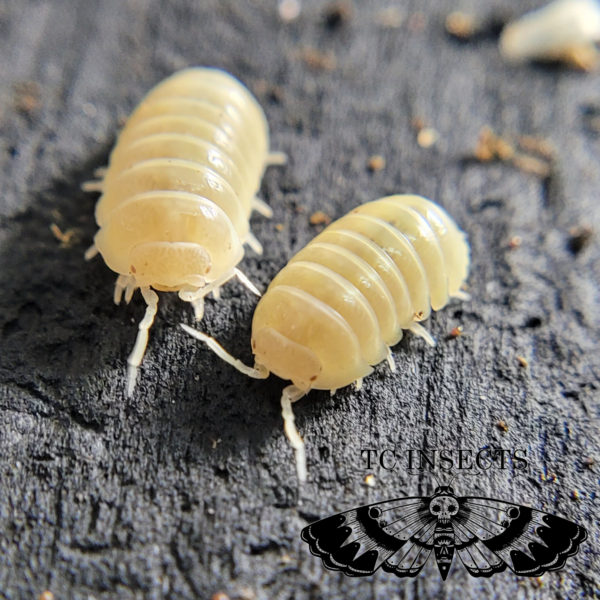
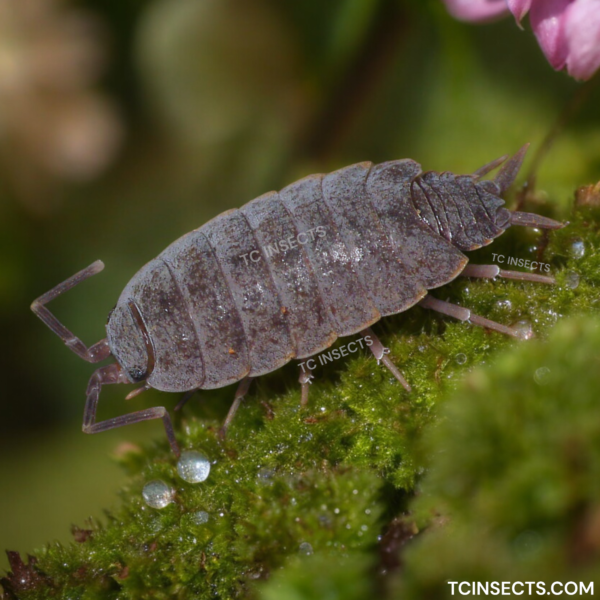
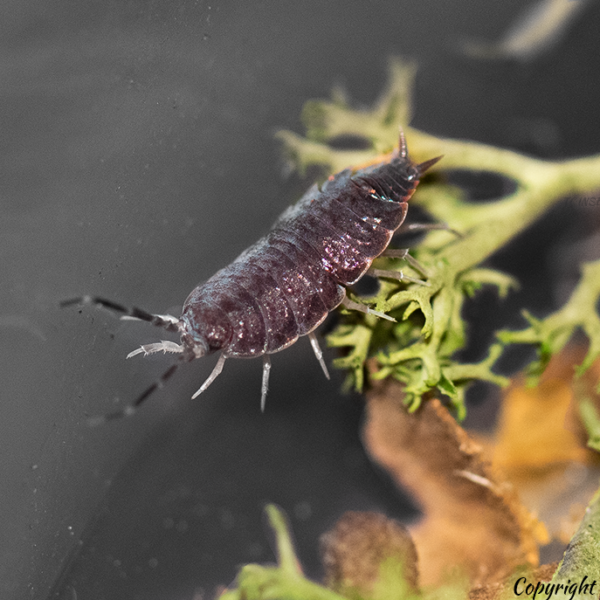
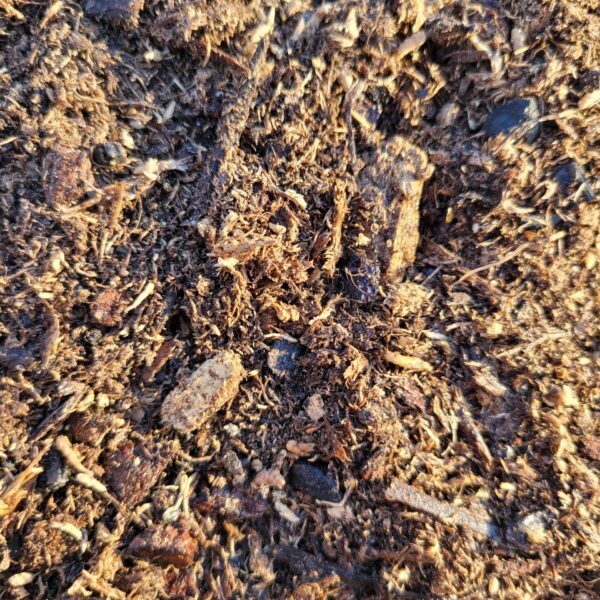
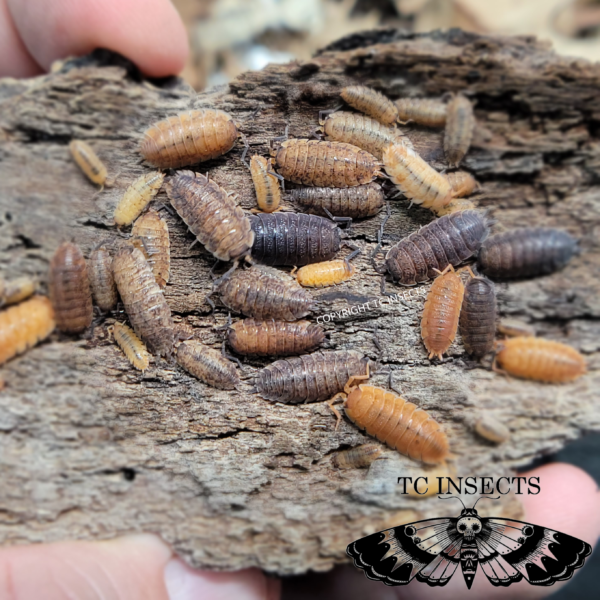
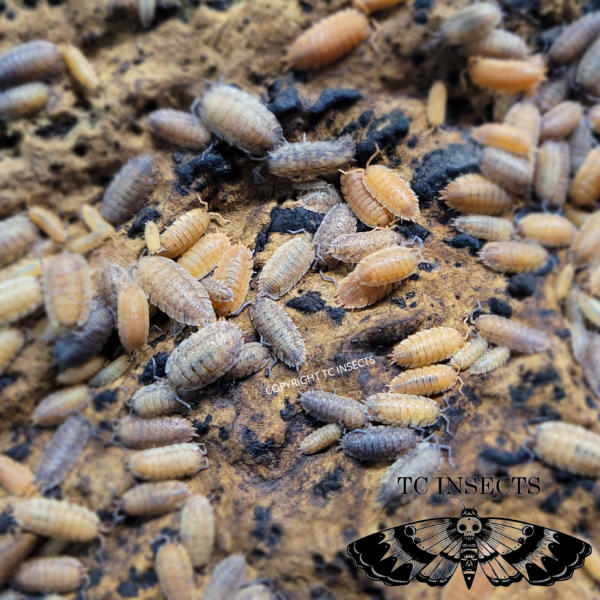
You must be logged in to post a comment.